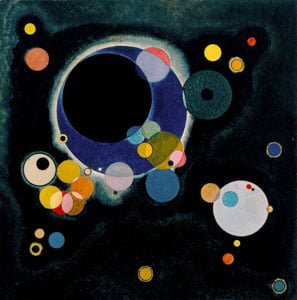Le Roman de la Rose (The Romance of the Rose) is a medieval poem written in Old French and presented as an allegorical dream vision. As poetry, The Romance of the Rose is a notable instance of courtly literature, purporting to provide a “mirror of love” in which the whole art of romantic love is disclosed. Its two authors conceived it as a psychological allegory; throughout the Lover’s quest, the word Rose is used both as the name of the titular lady and as an abstract symbol of female sexuality. The names of the other characters function both as personal names and as metonyms illustrating the different factors that lead to and constitute a love affair. Its long-lasting influence is evident in the number of surviving manuscripts of the work, in the many translations and imitations it inspired, and in the praise and controversy it inspired.
The Romance of the Rose was both popular and controversial. One of the most widely read works in France through the Renaissance, it was possibly the most read book in Europe in the 14th and 15th centuries. Its emphasis on sensual language and imagery, along with its supposed promulgation of misogyny, provoked attacks by Jean Gerson, Christine de Pizan, Pierre d’Ailly, and many other writers and moralists of the 14th and 15th centuries. The historian Johan Huizinga has written: “It is astonishing that the Church, which so rigorously repressed the slightest deviations from dogma of a speculative character, suffered the teaching of this breviary of the aristocracy (for the Roman de la Rose was nothing else) to be disseminated with impunity.”
The entire manuscript can be viewed online here.

